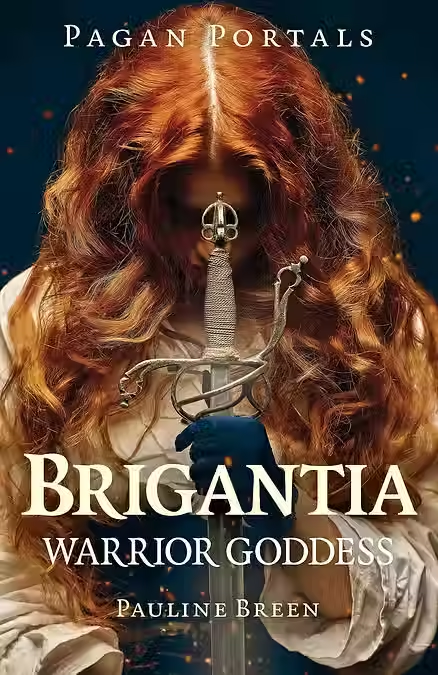Eye of Horus by Vanessa Armstrong
- Kitchen Witch

- Jan 15, 2019
- 3 min read

I was recently gifted a small blue tile with the Eye of Horus on it. I always used to find the Egyptian pantheon confusing but fascinating! However, some recent study on Osiris had me very interested and I wanted to learn more, so I thought I’d blog about a couple of things all to do with this wonderful pantheon and share them on here…
The Eye of Horus, who was also known as Wadjet, Wedjat or Udjat is an ancient Egyptian symbol of protection, royal power and good health.
Horus, himself, is an ancient Egyptian deity. He was known as the God of the Sky. His name translates to ‘The one far above’, and this all-seeing God had the head of a hawk or falcon with the body of a man. The sun was his right eye – also known as Ra and the moon was his left eye – also known as Thoth. His job was as protector of the ruler of Egypt.
Horus was the son of Isis and Osiris. Osiris, as we know, was murdered by his brother Seth for the throne of Egypt. It is said in this fraught battle, Horus lost an eye. The eye was restored to him and became a symbol of protection for the Egyptians. Horus then became the ruler of the living while Osiris became a God of the Underworld. There are also texts that say that they are the same God that transmutes from life to death.
Horus is mentioned in ancient writings as being one of many manifestations of the Sun. The Sun, itself, was considered a pre-eminent God and featured in many depictions and ancient texts: -
Re – means “sun” and was depicted as a man, also with the head of a falcon, like Horus. He was the physical manifestation of the Sun God but was also called ‘The Eye of Re”, but this form was often depicted as a Goddess rather than a God.
Khepri – was the sun at dawn and depicted as a scarab beetle.
Atum – was the sun at sunset, the end of the day.
Horus was known as the sun as ruler of creation. He also had the title of “eye of” similar to Re.
It all seems very bewildering and confusing, but it is thought that the Egyptians felt that each element of nature had many aspects to it and concentrated on each one as different deities that all came together as one.
The Eye of Horus is a well-known symbol. Ancient Egyptians used it on funerary amulets as protection on the way to the afterlife and as protection against evil spirits. Amulets were made using a variety of materials – this included gold, lapis lazuli and carnelian and were used by both the living and the dead.
Today it is still used as a symbol of protection by fishermen who paint it on their boats. People adorn themselves with it as jewellery to protect themselves and it is also considered to be an emblem of power, knowledge and illusion.
There is something called “Eye of Horus measurements” – each part of it is given a fraction and each part also corresponds to one of the bodies senses. These measurements were said to be used in ancient Egypt by doctors to prescribe medicine.
The right of the eye corresponds to the sense of smell and was given the fraction ½
The pupil corresponds to sight and was given the fraction ¼
The eyebrow corresponds to thought and is 1/8
The left side of the eye was associated with hearing and given 1/16
The curved tail corresponds with taste and is given 1/32
And the teardrop corresponds with touch and has the smallest fraction at 1/64
You may notice that the fractions add up to 63/64. It is thought that the missing fraction is the magical powers that belong to Thoth – the Moon God, an Egyptian deity who maintained the universe and was associated with writing, the art of magic and the development of science. But he is another story...






Comments